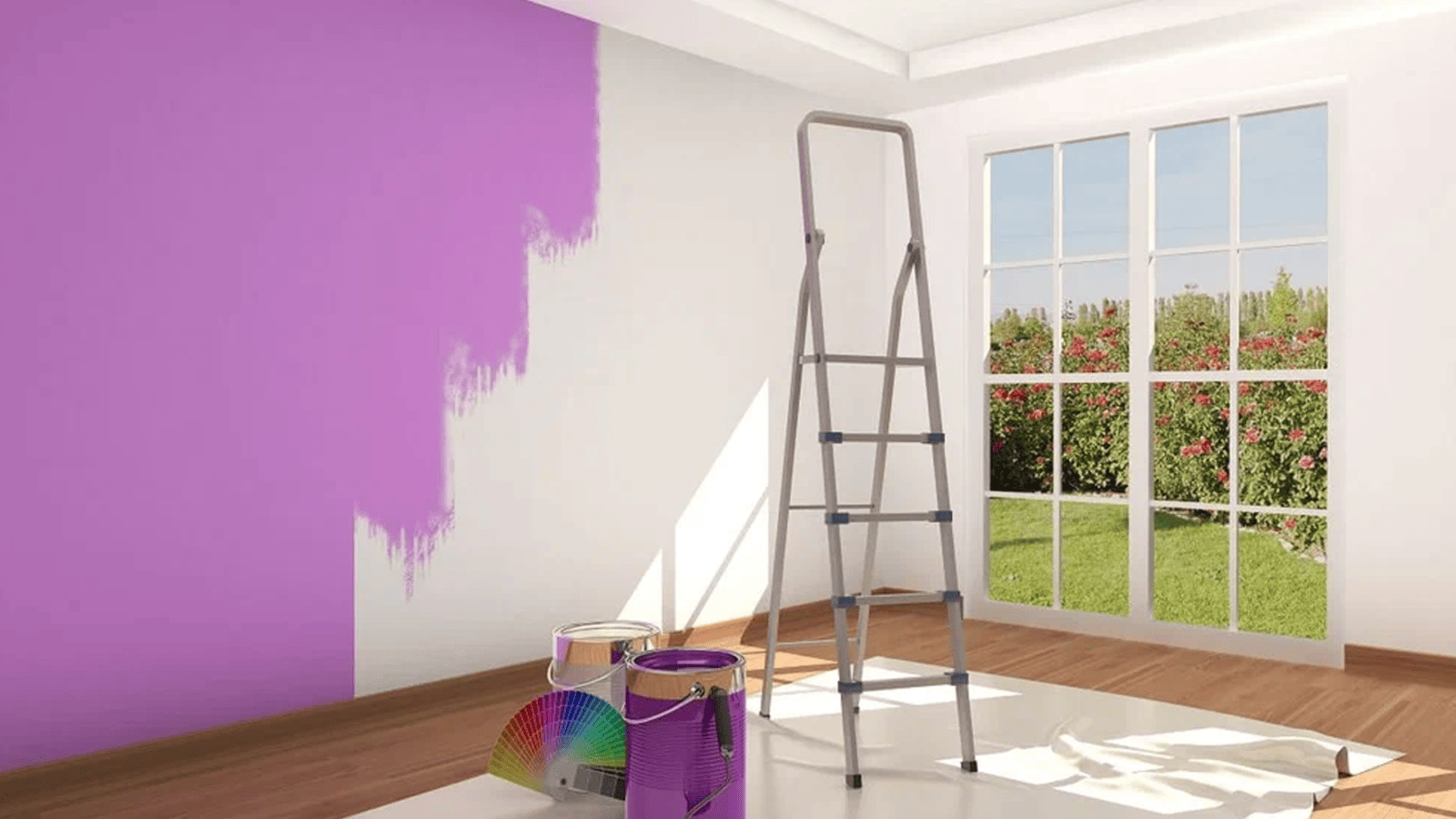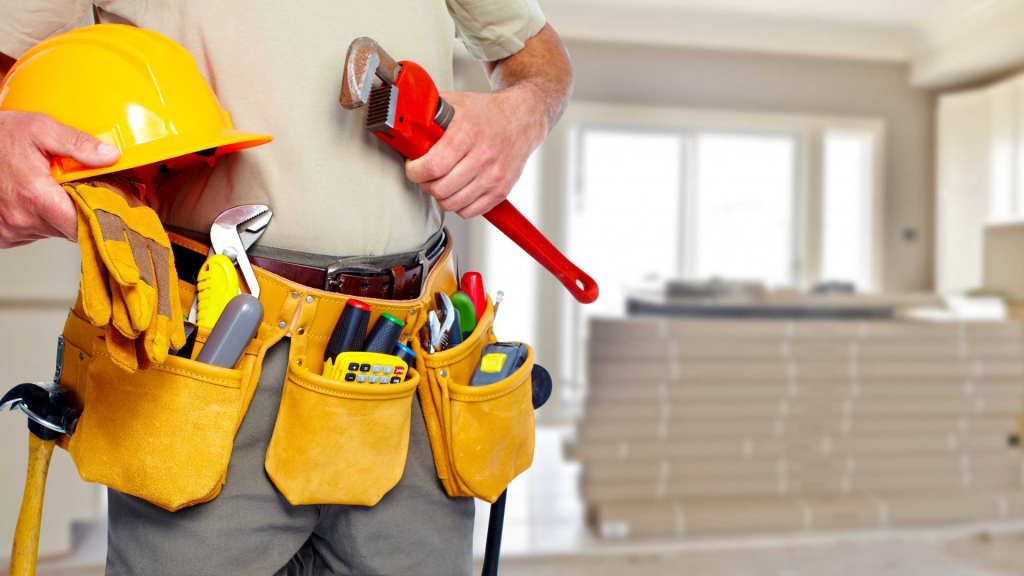How to Know When It’s Time to Call a Handyman
So, you think you are handy around the house. You can hang a picture, tighten a few screws, or even assemble some flatpack furniture. But let’s be honest for a second. How handy are you when it comes to fixing things that actually count? That dripping faucet, the blocked drain that keeps haunting your kitchen, or that stubborn door that refuses to close properly. Sometimes it is smart to know when to do it yourself vs. when to call a handyman.
Even if you enjoy a bit of DIY, there are moments when finding a handyman is simply the best move. Let’s walk through some clear signs you need help and why hiring a professional can save your time, your sanity, and your house.
You Don’t Have the Right Tools or Expertise
Have you ever tried to remove a wallpaper with nothing but a butter knife? Or fixed a leaking pipe using a wrench you borrowed from your neighbor? That is when you realize that the list of handyman services goes way beyond what you can handle. Unlike you, handymen have a broad skill set and years of experience in plumbing tasks, electrical work, and other home maintenance jobs.
Buying or renting every single tool, like a power auger, angle grinder, stud finder, belt sander, wallpaper stripper, or jigsaw, is both expensive and stressful. A licensed professional comes equipped with the right tools, knows exactly how to use them, and can fix the issue efficiently. Trying to learn on YouTube is fun until your walls start looking like abstract art.
The Project Is Too Big or Complex
Some DIY projects sound simple on paper. Repainting a room, assembling a new kitchen, or updating your bathroom seems manageable. But let’s do the math. A project that takes 32 hours could stretch over months if you only work a few hours every weekend. That is when what a handyman does becomes clear. A team of skilled handymen can finish completing multiple jobs in just a day or two.
Even smaller tasks like fixing a jammed door or a flickering light become a headache when combined with other home repairs. Handymen are trained to handle odd jobs efficiently and safely. This is one of the many reasons why knowing when to call a handyman instead of DIY repairs comes in handy.
Recurring Problems Indicate You Need Help
Have you noticed a leaky faucet that never seems to stop dripping no matter how many times you tighten it? Or that blocked drain that makes your morning shower feel like a challenge? If you have tried to fix it repeatedly without success, these are essentially signs you need to call a handyman immediately.
DIY fixes only mask the problem temporarily. However, professional handymen provide expert intervention, diagnose the real issue, and prevent repeated repairs. This approach also helps with structural damage prevention and potential water damage prevention costs. This is among the various handyman services examples that keep home repairs simple and affordable.
Safety Should Always Come First
Some projects are simply too dangerous to handle for someone without the right know-how. Are you confident handling electricity or climbing ladders to repair your roof? Probably not. Safety risks are not something to take for granted. Even minor mistakes in electrical work or plumbing tasks can lead to serious injury or costly repairs.
Calling a licensed handyman guarantees the work is done safely. Professionals follow local regulations and know the correct procedures. They carry insurance and use professional-grade materials that protect both your home and yourself. No amount of pride is worth a trip to the emergency room.
You Don’t Have the Time
Let’s face it, most of us have busy lives. Between work, family, and errands, who really has hours to spend painting walls or troubleshooting a leaking sink? If time is tight, you are better off hiring someone who can deliver quick turnaround and time-saving results.
By calling a professional handyman, you get efficiency without compromising quality. They finish the work properly on schedule, allowing you to focus on more important things. That is exactly why a cost-effective solution does not always mean doing it yourself. Sometimes it means hiring the right person.
There Are Multiple Tasks That Need Sorting
How many times have you walked through your house and spotted a bunch of unfinished projects that you told yourself you would do the past weekend? Doors that stick, appliance installation that never got done, or exterior walls begging for attention? Instead of tackling these one by one, it is smart to hire someone who can handle everything at once.
A professional handyman can organize home improvement projects into a single visit, addressing each item with quality workmanship and efficiency. You save time, reduce stress, and maintain your property value maintenance all in one go.
When Permits or Regulations Are Involved
Some jobs might seem easy, but they require permits. Installing electrical outlets, plumbing changes, or structural alterations must follow permit requirements and local regulations. Failing to comply can cause fines or force you to redo the work.
Licensed handymen know the rules and handle the paperwork for you. That is why warranty protection and service guarantees are also part of the package. This way, your work is safe, legal, and backed by professionals.
Conclusion
Even if you love DIY, some tasks are better left to a professional handyman. From blocked drains to appliance installation, fixing doors, or tackling home maintenance projects, knowing common handyman services not only saves time but also prevents damage and keeps your home safe.
So next time you wonder what are some handyman services that could help, remember it is not a sign of weakness. It is a smart, practical, and safe way to keep your home in top shape. And if you happen to ask yourself, “Where can I find a handyman?”, we, at Santino’s A+ Handyman Service, have got you covered with our professional handyman services. For more information or to schedule service, call us at (760) 697-4828 or visit our website: https://santinosaplushandymanservice.com/.
FAQs
A skilled handyman can handle home maintenance, minor repairs, appliance installation, painting walls, fixing stubborn leaks, jammed doors, and much more.
Yes, completing multiple jobs efficiently is one of their key skills. It saves homeowners time and ensures consistent quality workmanship.
Absolutely. While there is an upfront cost, it prevents repeated repairs, reduces risk of DIY failure, and provides warranty protection, making it a cost-effective solution in the long run.
Search for a licensed handyman locally or use trusted platforms to find professionals who can handle home improvement projects safely and efficiently.










